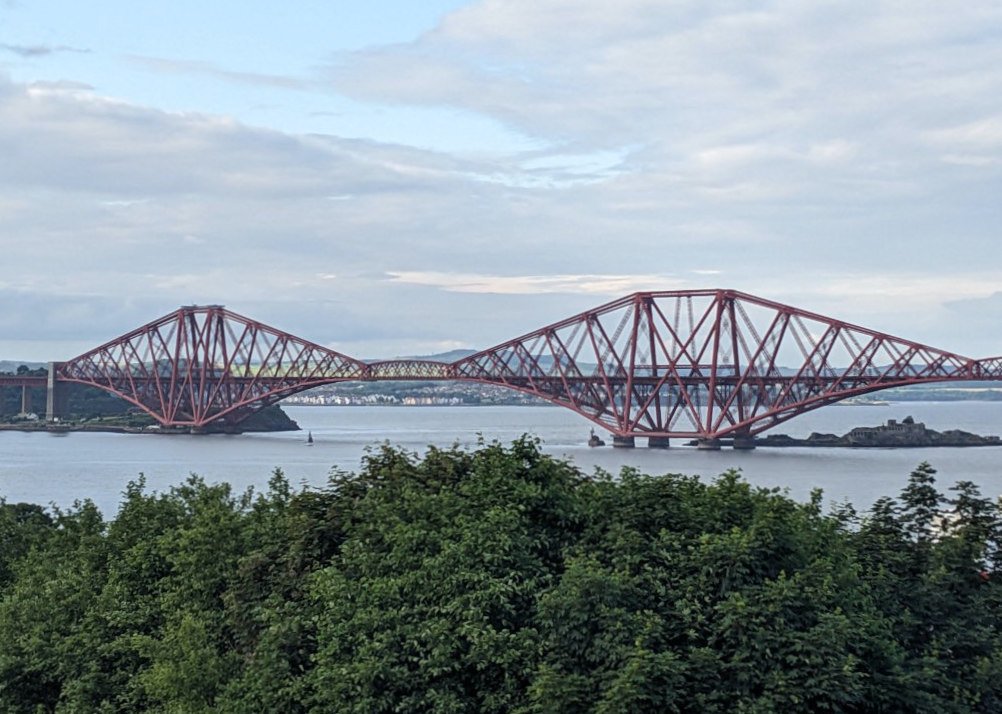21st January 1890
Trains make trial crossings of the Forth Rail Bridge
Despite all the calculations that will have been part of the planning and design of the Forth Bridge, engineers needed to prove that it could take the weight of fully laden trains before it opened for use. Thus, on 21 January 1890, a chain of locomotives and cargo wagons were wheeled out to the central span. The whole process was conducted in a highly tentative manner.

Trains moved into position
As published in the Edinburgh Evening News that night, “the trains were allowed to stand side by side on the southern approach viaducts a short distance from the first granite archway. At a later hour the trains moved very slowly until the leading engine was half way out over the arch. Another wait took place and then the trains again went forward and passed through the ironwork of the first cantilever.”
The Dundee Evening Telegraph noted, “all Queensferry stood at their doors to watch the proceedings from the best point of view which the Southern shore affords.”
The following day, the Greenock Telegraph and Clyde Shipping Gazette reported that “the total load thus massed upon the spans being the enormous weight of 1,800 tons, which is more than double what the bridge will ever be called upon in practice to sustain. The observed deflections were in exact accordance with the calculations of the engineers, and the bridge exhibited exceptional stiffness in all directions.”
One of several bridges
The first real trains were scheduled to make their crossings at the end of the week, and the bridge itself was opened by the Prince of Wales six weeks later.
The Forth Bridge, now one of three crossings in the vicinity, was the first major steel structure in the world. Just over 1.6km long, it comprises 53,000 tonnes of steel, held together by 6.5 million rivets. Upon its opening in 1890, it completed an unbroken rail line between Aberdeen and London. In 2015, the bridge was declared a World Heritage site by UNESCO.
